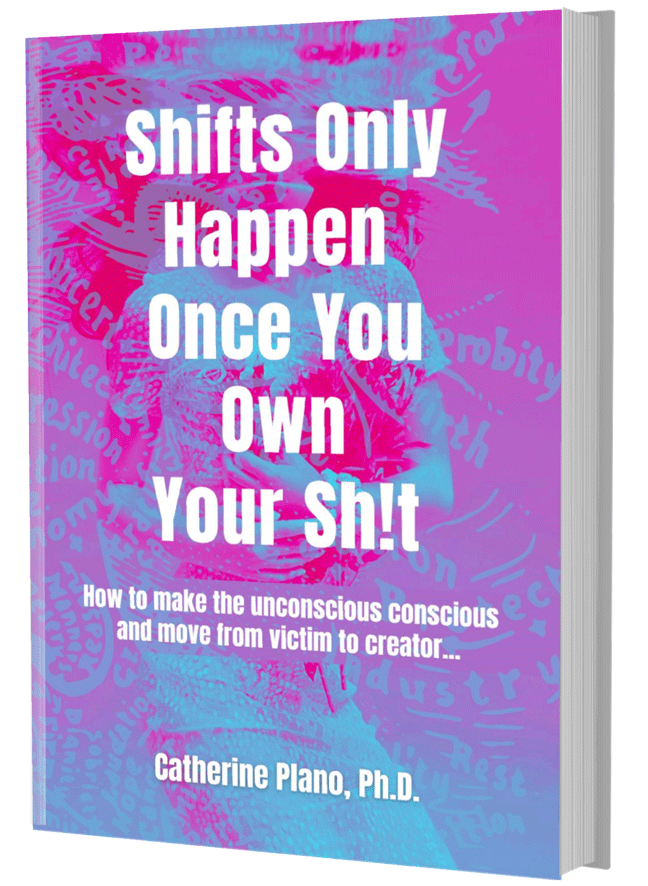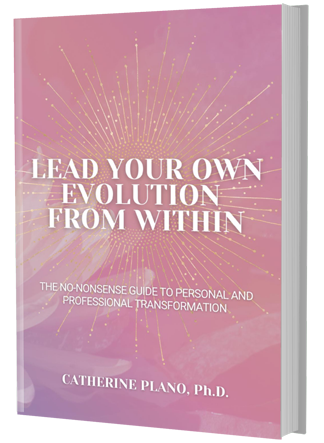We are hardwired to resist change.
Our brain is on the watch out to keep us safe, constantly looking for anything that may endanger us.
As a result, it seeks negativity.
Understanding how the brain works
Before we unpack the dynamics of change, let me introduce you to the amygdala.
This is where our emotions are given meaning. The amygdala drives our fight or flight response, which uses about two thirds of its neurons to detect bad news, experiences and information.
Why is this important?
Well, when we allow our emotions to take over, this cocktail of stress hormones hijacks our prefrontal cortex. This part of our brain is responsible for reasoning, thinking, attention, planning, decision-making and short-term memory, amongst others.
Therefore, when we succumb to our emotions in the context of change, the logical part of our brain goes bye-bye.
If it doesn’t challenge you, it won’t change you
There is a big difference when you consider the direction the change is coming from.
Let me bring this to life with an example.
If you decide to make the change yourself — whether it’s leaving a relationship, job or any major life changes — the way that you react and respond to the change is going to be very different than if the change was imposed on you.
When it’s a personal decision, you have time to digest and think about the change, go through the pros and cons, make a plan and execute it.
However, if the change was imposed, you have no control and no say in the matter. Consequently, you will resist the change because it has been done to you — not the other way around.
Change is the only constant in life.
The quicker we can embrace the fact that this is forever evolving, then the resistance to change will be less scary and more accepting.
This, my friend, is where the magic and growth takes place.
If not now, when?
So, knowing that change is inevitable, what is all the fuss about?
Well, some individuals love change, some hate it and others are not stirred by it whatsoever.
For instance, if someone had the same job for 15 years, was married for 36 years, lived in the same area for 40 years and has never travelled, you can imagine that the smallest bit of change would freak that individual out in a big way.
On the other hand, if someone has moved home every 12 months, changed their job every 3 years, travelled annually and has had more than one relationship, then change for this individual would be like water off a duck’s back.
Knowing that nothing is permanent except for change, what can we do to embrace it? Especially when we understand that change can be very upsetting to some, depending on their lens, experience and mindset?
There is no right way. Everyone will take a different route depending on how, what and when the change took place.
However, understanding how change works will help you identify the most effective approach for you.
You can’t change what you refuse to confront
Kübler-Ross, an American-Swiss psychiatrist, takes us through the change curve with four easy stages to help us move from denial to acceptance.
Denial, the first stage, is the shock absorber. Here, many individuals say things like ‘I’m not in denial, I’m just selective about the realities I accept.’
In this phase, one refuses to accept that the change has occurred. Quite often, you will hear them mumble under their breath, ‘this company always changes but never sticks to it’, ‘this change won’t affect me!’ or ‘why change something that is working perfectly fine; we have always done it this way!’
In the Denial stage, people may blame others or compare their circumstances, pretending to be compliant while suppressing their feelings and thoughts about the situation.
You can see it in their physiology. They are not engaged nor motivated, they make excuses, they play the victim at times and there is a sense of low self-esteem.
Denial protects us until we are equipped to cope with reality
As leaders, when we see individuals in this phase, what do we do?
Now, we have to keep in mind that everyone will react and respond differently to change. The last thing you want to do is try to push an individual into accepting the change while they’re in denial.
As a matter of fact, the best thing to do is normalise the behaviour by letting them know it’s okay and it’s a common reaction that is expected.
Here, you must give people the time and space they need to digest the information.
Werner Erhard once said, ‘What most people do is give space to people’s quality and deal with their garbage. Actually, you should do it the other way around. Deal with who they are and give space to their garbage.’
In other words, keep the connection and interaction going.
To read the second piece in this two-part series, click here.





